This recipe for curry paste will make your life easy when cooking Indian favourites like butter chicken or coconut chicken curry. It's a 100% Authentic mild red curry paste and you can choose how hot or not you want it. Use as a wet spice rub for whole baked fish or marinate lamb chops before grilling on the fire.
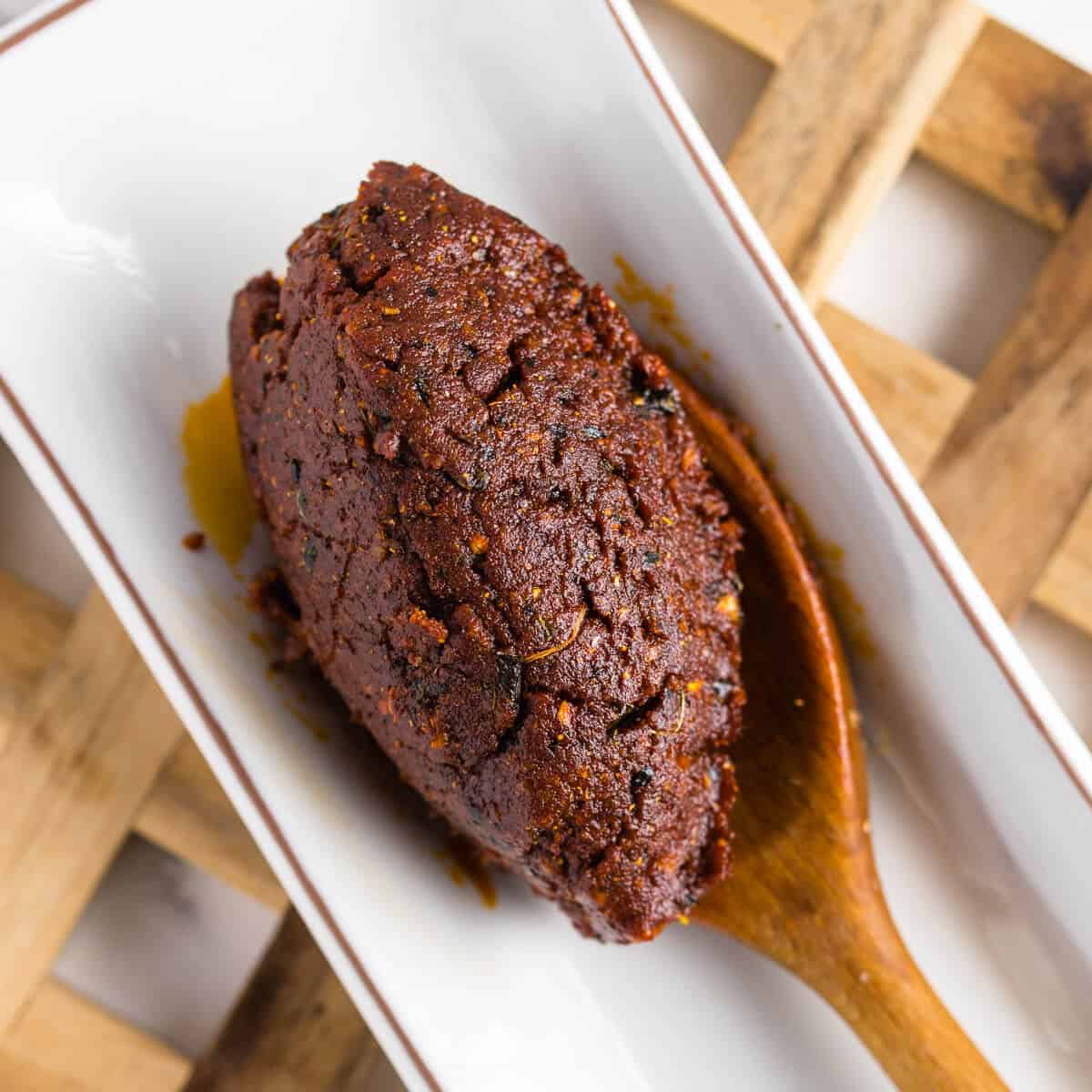
Jump to:
What is Indian curry paste made from
Recipes for Indian curry paste are not set in stone. Usually, a blend of garlic, ginger and spices are fried with tomato puree.
This is the most basic form of curry paste. Other ingredients like onion powder, soaked dried chillies, black salt and tamarind can also be added.
Is it spicy?
Curry paste is full of spices but it does not have to be hot spicy. You can adjust any curry paste recipe to suit your heat tolerance level.
You can choose to use or omit chilli altogether and just have a really fragrant mild and tasty curry paste that anyone can enjoy.
What makes a good curry paste
Good curry pastes are the ones with a depth of flavour and also the correct intensity of flavour.
When you make curry paste you have to make sure you use the freshest ingredients and cook them properly.
There should be harmony of flavours in all curry pastes no matter the origin or cuisine its used for.
Why make your own from scratch
When you make your own homemade curry paste instead of buying it from the store, you get a much richer and unique product and it will show in your cooking.
You control the whole process from start to finish and can easily adjust the curry paste recipe to your own liking.
Maybe you want it super hot or maybe you want to use more of a certain spice or aromatic instead of settle for the generic versions. These are often unbalanced and unexciting.
Ingredients needed
Curry pastes require few ingredients or you can go all out and use a wide range of spices to make a really complex paste.
This recipe is for a basic curry paste and one you can use in many dishes. For this reason, the ingredients are simple and easy to find.
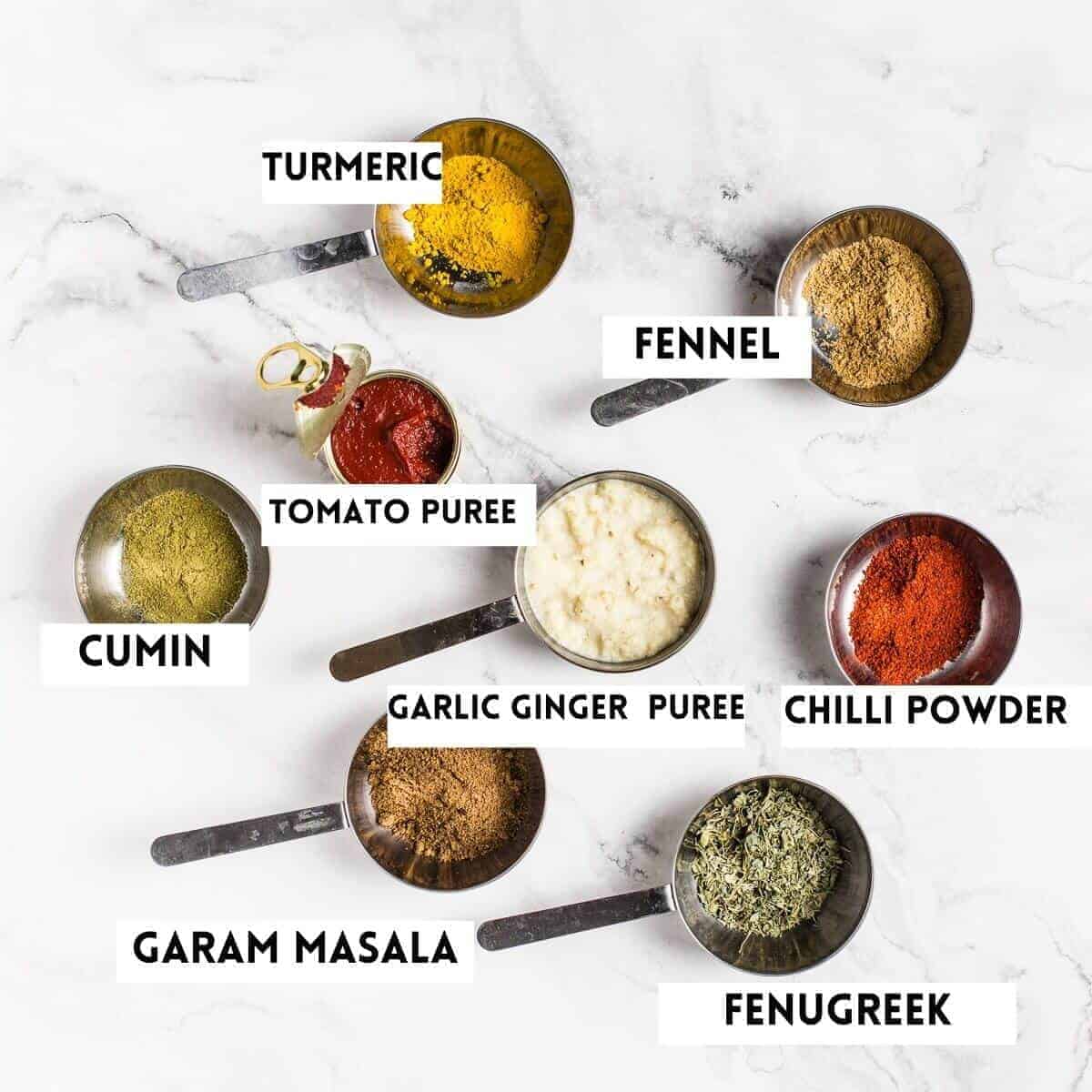
- Turmeric powder
- Cumin powder
- Garam masala
- Dried fenugreek(kasoori methi)
- Chilli powder
- Garlic and ginger puree
- Tomato paste
- Fennel powder
Useful equipment for this recipe
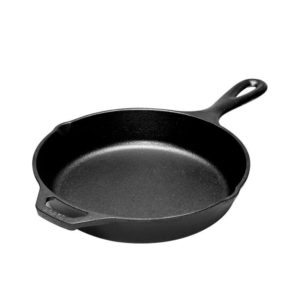
Cast Iron Skillet
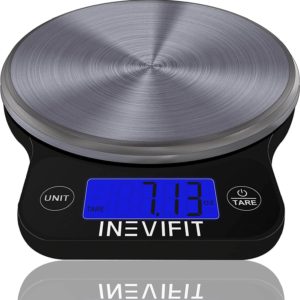
Electronic Kitchen Scales
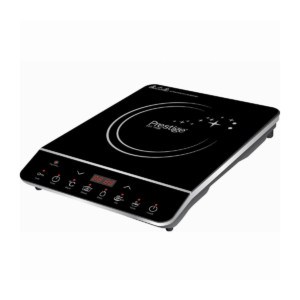
Induction hob
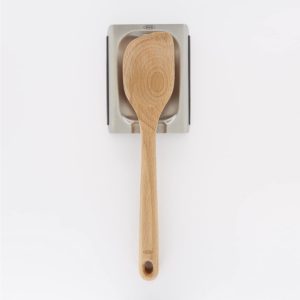
Wooden Spoon
Professional tips
- Cook all the ingredients thoroughly until it just starts to caramelise. Doing this will ensure full flavour release and your curry paste will be complex and rich.
- Do not get rid of the oil. This is flavour and also helps to preserve the paste for longer. Avoid adding water to it as this will shorten the life of your paste.
- You will know the paste is cooked when it starts to release oil and easily slides around in the pan.
- You can freeze cubes of this paste for when you are in a hurry and just quickly need to add a flavour boost to your soup, stew or curries.
How to make it
Unlike Thai curry paste which is pounded raw into a paste, Indian curry paste gets cooked in a pan.
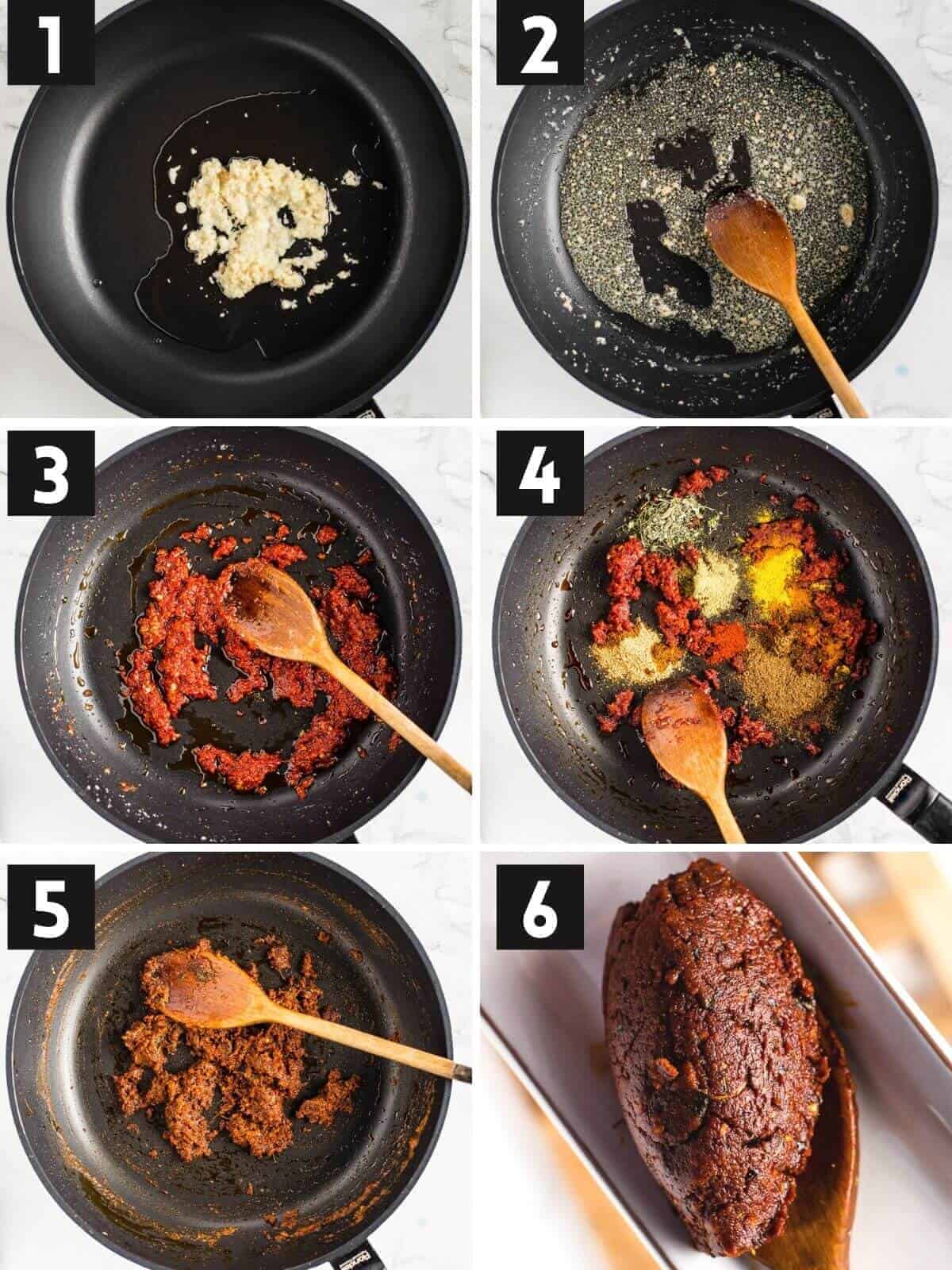
- Blend the garlic, ginger, water and 1 teaspoon canola oil together in a blender until smooth. Or use a store-bought version.
- Heat a frying pan with a tablespoon of canola oil for frying.
- Cook the ginger and garlic paste on medium heat until it just starts to change colour.
- Add tomato paste and cook for about 1 minute.
- Add the spices and cook for another minute.
- Remove from the pan and store airtight in the fridge or use straight away.
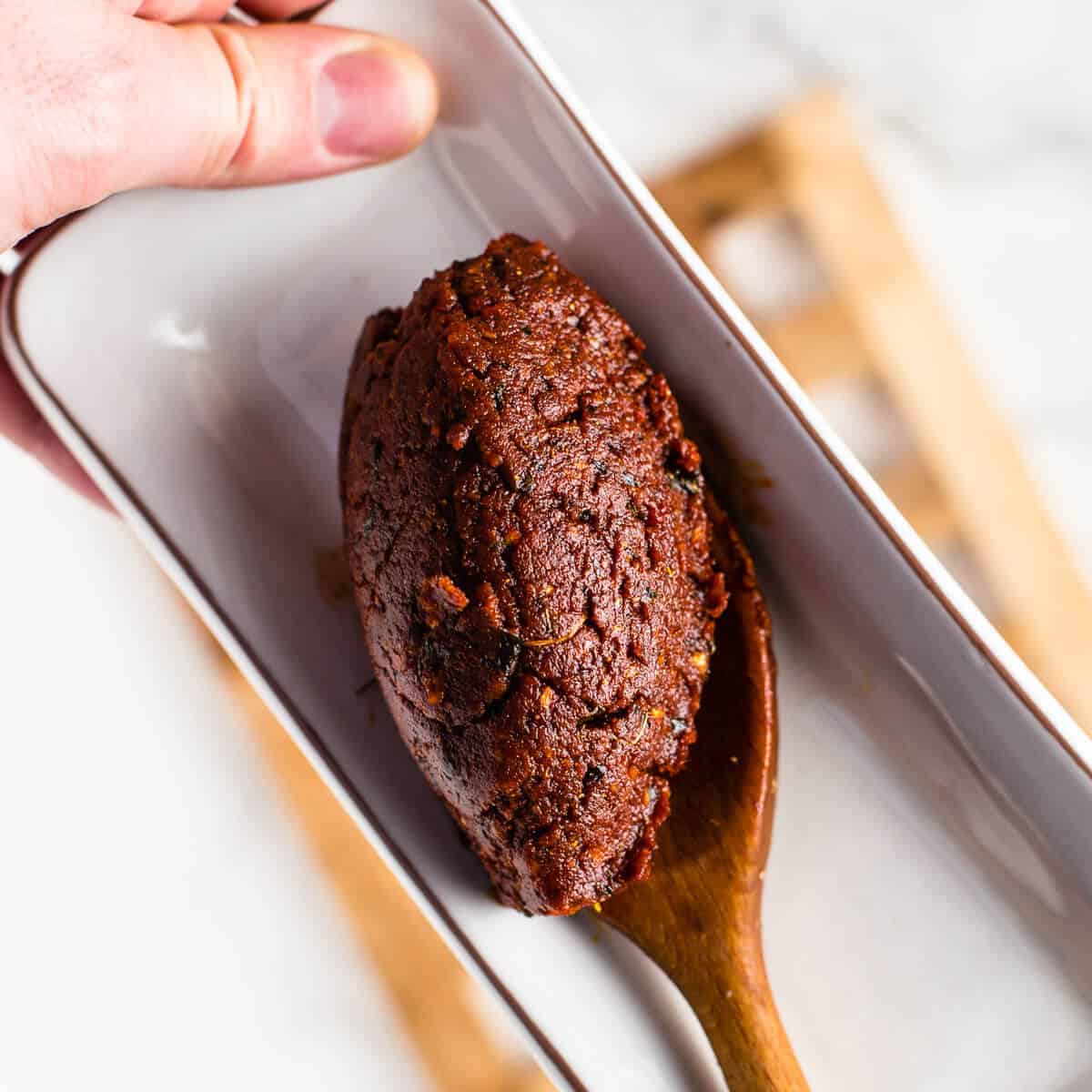
Variations
You can use many different spices and make adjustment in homemade curry pastes.
- Tikka curry paste - Add 1 tablespoon cashew puree, 1 teaspoon paprika and 1 more tablespoon tomato paste.
- Yellow curry paste - Add 1 teaspoon turmeric powder, ½ teaspoon cumin powder, ½ teaspoon fennel powder, 4 finely chopped kefir lime leaves, ½ stick finely chopped lemongrass, 1 teaspoon finely chopped galangal.
- Vindaloo curry paste - Add 1 teaspoon garam masala, 2 teaspoons Kashmiri chilli powder, ¼ teaspoon ground cloves.
- Korma paste - Add 1 tablespoon coconut cream, ½ tablespoon turmeric, and 1 tablespoon cashew puree.
- Thai red curry - Add 4 finely chopped kefir lime leaves, ½ stick finely chopped lemongrass, 1 teaspoon finely chopped galangal, 2 soaked dried red Thai chillies, 1 tablespoon fish sauce, 1 tablespoon finely minced coriander roots or stalks, and 1 finely chopped small shallot.
How to use it
You can make incredible dishes from this basic Indian curry paste or from any of the variations listed above.
- In soups and curries - Simply add to any curry or soup when adding liquid to base ingredients.
- In marinades - When marinating meats add to yoghurt and marinate for 24 hours for a very tenderising and flavour injecting effect.
- As a rub for BBQ - Rub straight onto meat or fish when smoking or barbecuing.
- koftas or fishcakes - When making dishes from minced meat or fish, add this paste to flavour it.
- Dressings for vegetables - Mix with some soy sauce, a dash of water, sesame oil and sugar for a delicious dressing for warm steamed broccoli or bok choy.
- Salad dressing - Whisk with some neutral or olive oil, lemon juice, honey and season. Then dress finely shredded root veg like carrots or beets for a delicious healthy slaw. Or use instead of a mayonnaise base dressing for classic coleslaw.
Frequently asked questions
Seal airtight and place in the fridge or freezer for longer storage.
It will keep for about month in the fridge given that you use clean utensils to use it and do not lick the spoon etc.
It can keep for years in the freezer when stored airtight.
Other recipes you might like
If you like cooking from scratch or love fragrant spicy foods you will find the following recipes helpful.
- Massaman shrimp curry
- Indian butter chicken
- Thai style beef koftas
- Georgian adjika Paste
- Coconut chicken curry
- Thai spiced nuts
This site contains affiliate links. I may earn a tiny commission on qualifying purchases at no extra cost to you. By bookmarking these links you help support the upkeep of this site.
If you found this post helpful or have learned something, comment, subscribe, and follow me on social platforms for more tasty recipes.
Recipe
Indian Curry Paste Recipe
Ingredients
for the garlic and ginger puree
- 50 g (½ cups) garlic - peeled and pureed
- 50 g (½ cups) ginger - unpeeled and pureed
- 10 g (2 teaspoon) canola oil
- 20 g (1½ tablespoon) water
for the curry paste
- 40 g (3 tablespoon) garlic ginger puree - homemade from above or store-bought
- 20 g (1½ tablespoon) canola oil
- 2 g (½ teaspoon) turmeric powder
- 6 g (1½ teaspoon) garam masala
- 2 g (½ teaspoon) cumin powder
- 2 g (½ teaspoon) fennel seed powder
- 4 g (1 teaspoon) dried fenugreek - kasoori methi
- 2 g (½ teaspoon) Kashmiri chilli powder
- 70 g (5 tablespoon) tomato paste
Instructions
- Blend the garlic, ginger, water and canola oil together in a blender until smooth. Or use a store-bought version.
- Heat a frying pan with a tablespoon of canola oil for frying.
- Cook the ginger and garlic paste on medium heat until it just starts to change colour.
- Add tomato paste and cook for about 1 minute.
- Add the spices and cook for another minute.
- Remove from the pan and store airtight in the fridge or use straight away.
Notes
- This recipe for curry paste will make your life easy when cooking Indian favourites like butter chicken or coconut chicken curry.
- It's a 100% Authentic mild red curry paste and you can choose how hot or not you want it by adjusting the amount of chilli.
- Use as a wet spice rub for whole baked fish or to marinate meats before grilling on the fire.
- Can be stored in the fridge for weeks and frozen for many months.

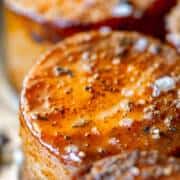
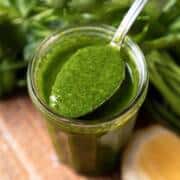

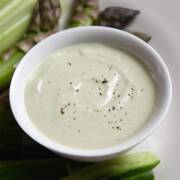
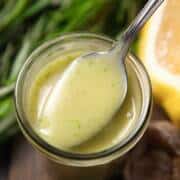
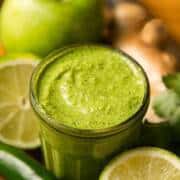

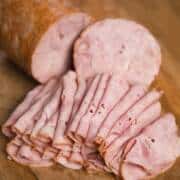
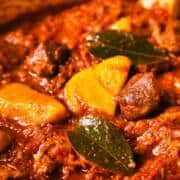
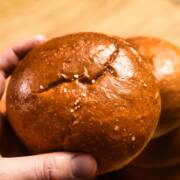
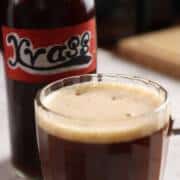
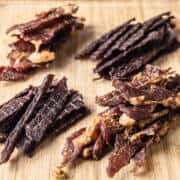
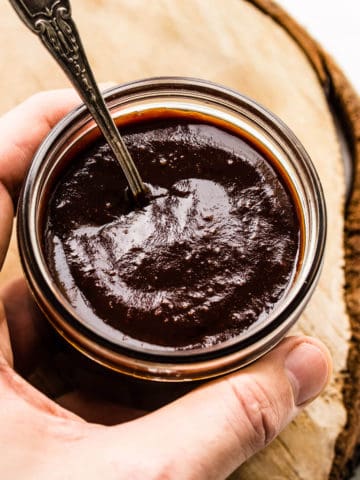
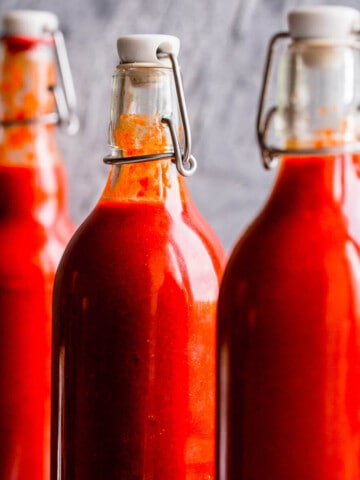
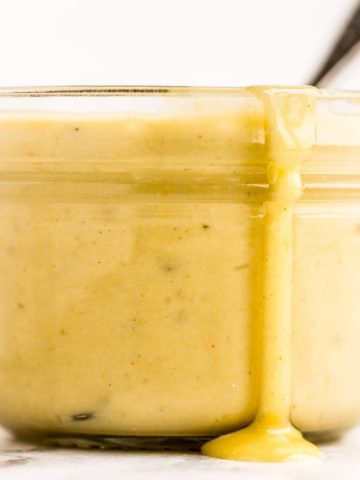
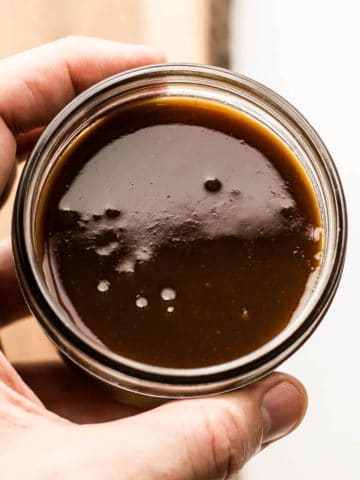
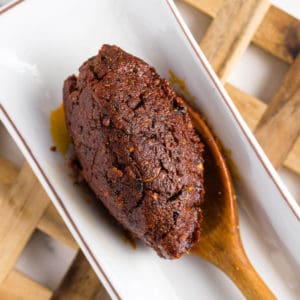
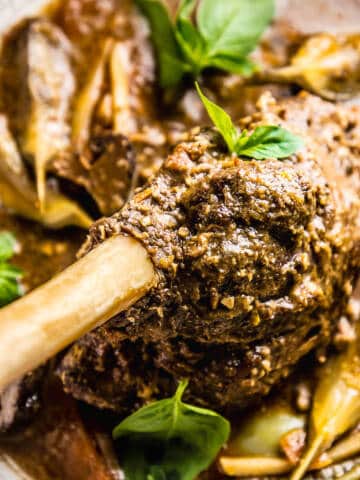
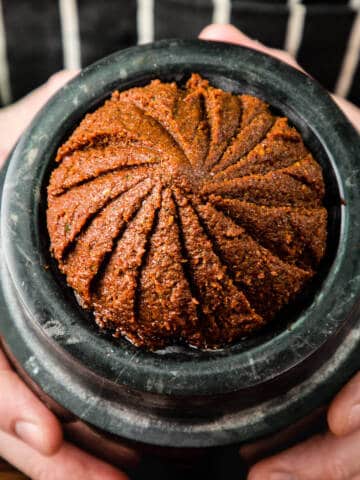
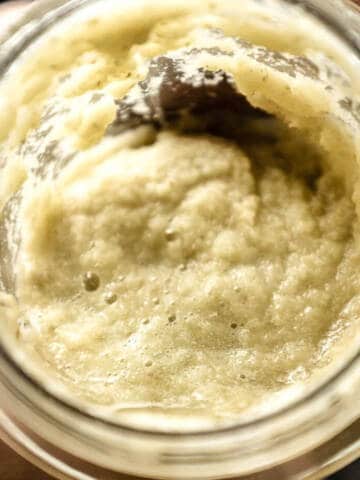

Tempa Hull
Do you have a recipe that actually uses this paste or variations of this paste? Thank you.
Charlé Visser
Hi, here is my butter chicken recipe
Phyllis
I feel like I just stumbled on *the* secret to Indian flavor with this paste. Oh my goodness!